How to increase the number of peppers/plant?
sujiwan_gw 6b MD/PA
18 years ago
Featured Answer
Comments (6)
derevaun
18 years agoRelated Discussions
peppers named by numbers
Comments (3)It's probably PI, not P1, fwiw...that would be a USDA seed bank naming convention (along with GRIF). Various seed banks/registers have their own naming conventions...mostly based on their storage key/number. To add to the confusion, some hobby breeders have their own naming conventions based on what plant (out of 100s/1000s) they selected the seed from and it's characteristics (H = hot, F = more flavorful, etc). So...that P1 may actually be a P1, not a PI. There is no universal naming scheme....See MoreHow to grow pepper plants from cuttings?
Comments (16)Many pepper growers are starting to "top" their pepper plants when very young to make them bushier. One guy in particular "rooted" his tops that he had cut off of his young plants. They grew into beautiful pepper plants! He used a rooting hormone and he added mycorrhizae to his cloning mix. His mix, I believe, was sphagnum, perlite and vermiculite. Keep it moist, not soggy and, use the bag with a rubber band until you see roots. A clear cup with holes melted through bottom and sides, helps with visibility and drainage but more importantly, aeration. I am gonna buy some of this mycorrhizae. The results have been impressive according to the folks that are using it....See MoreWhen and how to harden hot and sweet pepper plants
Comments (1)Those might be little small to start hardening off right now. Most people wait until they are about 3-4" tall or taller. But if you are anxious to get them outside, then you could start now. Regardless of when you start hardening them off, you need to start by putting them outside in temps above 50 degrees (60 is better). The first couple days, put them in shade for about two hours a day. Then increase the time and direct sun exposure a little more over the next two day, say an hour of direct sun and two hours of shade or under a tree where they will get a mix of both for the entire three hours. Then increase it to 4 hours a day for a couple days with 2 sun and 2 shade. Do this for about a week or so and they should be fine for permanent outside living. But since you live in growing zone 9b, you might want to give them a little more hardening off time as your heat might be a little too much too fast for them. Kind of keep an eye on how they are doing. If they are doing well after a week, then put them out. If they look a little stressed after a few hours in the sun, then you should continue the hardening off process. Also, keep in mind that sun is not the only factor in hardening off. Wind is another. Your plants are not used to dealing with wind and even a 10mph breeze would probably flatten them to start with. Make sure when you put them outside, they are well protected from wind and gradually increase their exposure to that as you increase exposure to the sun... Putting them inside an open cardboard box that is taller than the plants for the first several days works well. Up here in Wisconsin, I usually rush my plants outside and have to worry more about frost than the sun so my hardening off process is shortened but my first year growing peppers, I did give them a good case of sun burn before I learned about hardening off. Bruce...See More101 pepper plants...how many do you have?
Comments (8)4 fatalii 4 carribean red habs 12 thai dragons 2 tabascos 10 purple jals 1 red mushroom pepper So 33, but I gotta get rid of 10 of the thais, I only wanted 2. Also I'm limited to my 2 balconies and they're all in clay pots. So jealous of smokemaster! I'm trying to get the homeowners association to let me grow peppers on my roof. Pepper plants are easier on the eyes than satellite dishes and you can put those up there. I could quadruple my garden! It's big and flat and gets full sun all day. -HabBob...See Morebyron
18 years agobarrie2m_(6a, central PA)
18 years agohonu
18 years agobarrie2m_(6a, central PA)
18 years ago
Related Stories

EXTERIORS17 Ways to Increase Your Home's Curb Appeal
The word on the street? Homes with appealing front views can sell faster, lift moods and convey a warm welcome
Full Story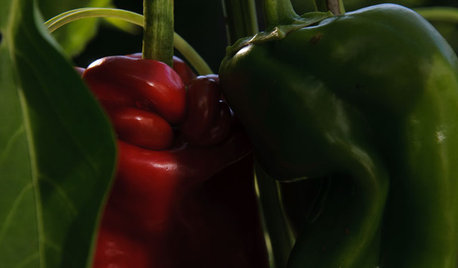
GARDENING GUIDESSummer Crops: How to Grow Peppers
Some like 'em hot; others like them sweet. With the incredible range of peppers available for home gardens, you can have your pick
Full Story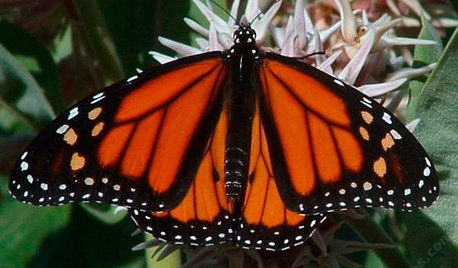
CALIFORNIA NATIVE PLANTSGreat Design Plant: Asclepias Is Attractive to Monarch Butterflies
Increase monarch butterfly populations in California by planting stunning native milkweeds
Full Story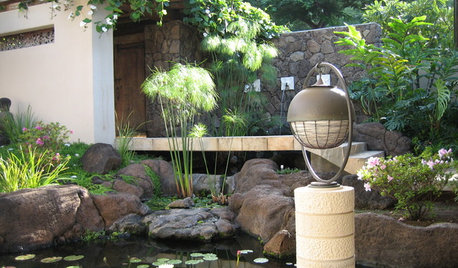
LANDSCAPE DESIGNRecipe for Asian Edible Garden Style
A surprising number of food plants are hiding out in Asian-themed landscapes. Add a few more and extend the Zen flavor to the kitchen
Full Story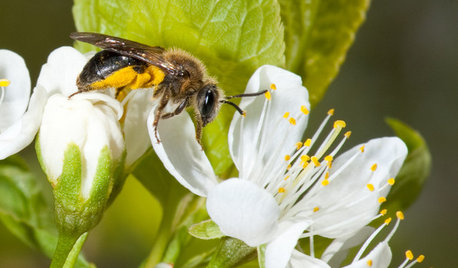
GARDENING GUIDESInvite Mining Bees to Your Garden by Planting Their Favorite Plants
Look for mining bees (Andrena) pollinating woodland wildflowers in U.S. gardens this spring
Full Story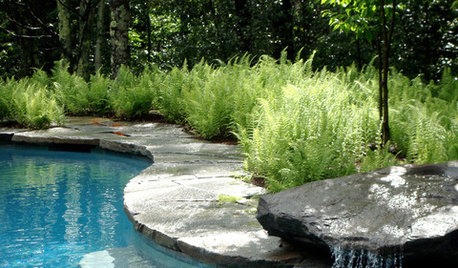
GROUND COVERSNative Alternatives to English Ivy, Japanese Pachysandra and Periwinkle
These shade-loving ground covers are good for the environment and say something about where you are
Full Story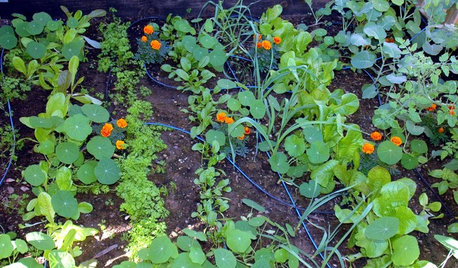
EDIBLE GARDENSGarden BFFs? Why Your Vegetables Are Begging for Companion Plants
Foster friendships among plants for protection from pests, pollination support and color camaraderie
Full Story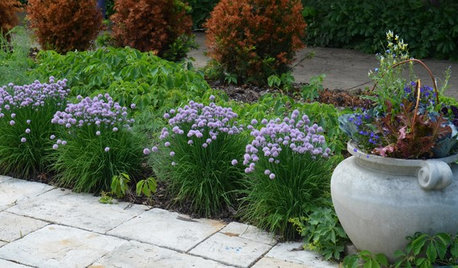
GARDENING GUIDESEdible Plants That Double as Ornamentals
Try growing these tasty plants with your ornamentals for an attractive garden and fresher meals
Full Story
HOUSEPLANTS8 Essentials for Healthy Indoor Plants
Houseplants add so much to our homes — and can thrive when grown in the right conditions. Keep these tips in mind
Full Story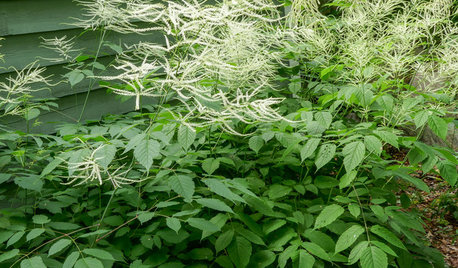
FLOWERS AND PLANTSAruncus Dioicus Is a Stately Plant for Shady, Moist Garden Spots
Plant goat’s beard in perennial and woodland gardens. Its large white spring blooms attract bees, beetles and butterflies
Full StorySponsored
More Discussions



groovy1